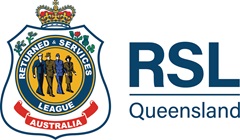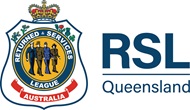
From battlefield to community: Vietnam veterans reflect on a legacy forged in fire
06 August 2024- History & commemoration
Vietnam veterans John Burns and Des Kearton reflect on the Battle of Coral-Balmoral, how the war shaped their lives, and their contributions to their communities.
Months after firing in support of D Company, 6RAR during the Battle of Long Tan, bombardier John Burns arrived safely home. But to him, the Vietnam War was unfinished business.
“I thought we had a lot more to do and I wanted to do my part as well,” he says.
So, John signed up for a second tour, returning to Vietnam in 1968 with 102 Battery, Royal Australian Artillery.
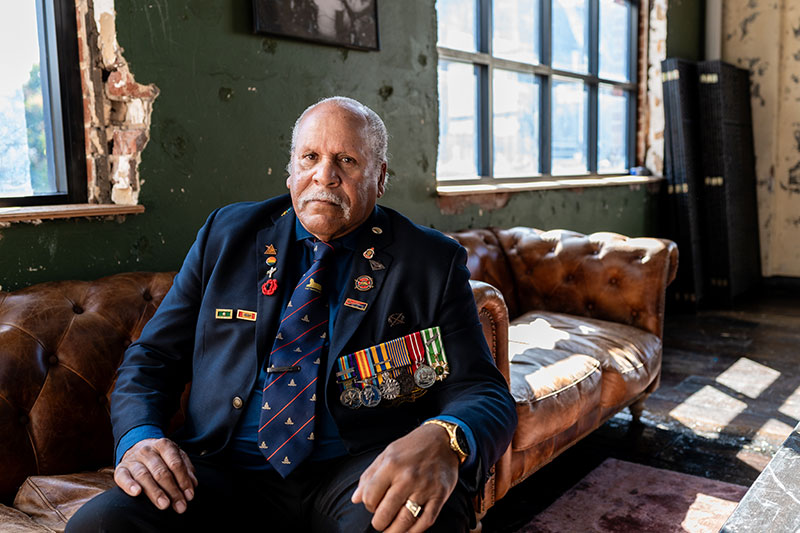
Coorparoo RSL Sub Branch member John Burns served with the Royal Australian Artillery from 1963 to 1986, including two tours of Vietnam.
“I'd heard that some of the elders had been killed by the North Vietnamese Army (NVA) and Viet Cong (VC), and I thought, nobody should put up with that,” he says. “It reinforced why I came back to help free these people.”
The Battle of Coral-Balmoral begins
Weeks later, John became involved in another battle that would go down in history: the Battle of Coral-Balmoral.
On 12 May 1968, Australian and New Zealand forces set up Fire Support Base (FSB) Coral to help thwart enemy troops approaching or withdrawing from Saigon.
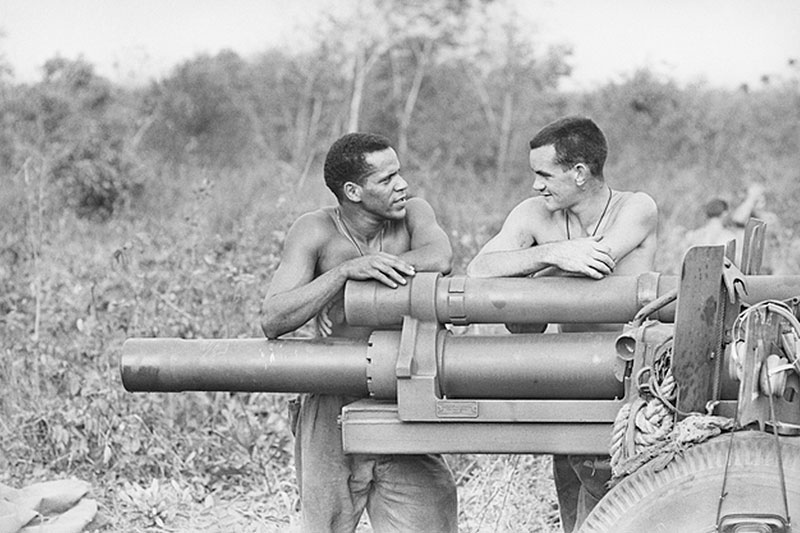
John Burns with Gunner Bruce Morris during Operation Toan Thang in May 1968 (image credit Australian War Memorial)
“Our picket post was still being dug in the dark. We heard someone creeping around, but we didn't see them,” John recalls.
“I did my shift and dozed off. Next thing I heard this ‘bang, bang’.”
He instantly recognised the sound of mortars and rocket-propelled grenades (RPGs).
“It's one of the most frightening sounds. You can hear mortars coming in, because it sounds like it's right above and about to drop on your head.
“It was terrifying because we didn't know what was happening. It was pitch black.”
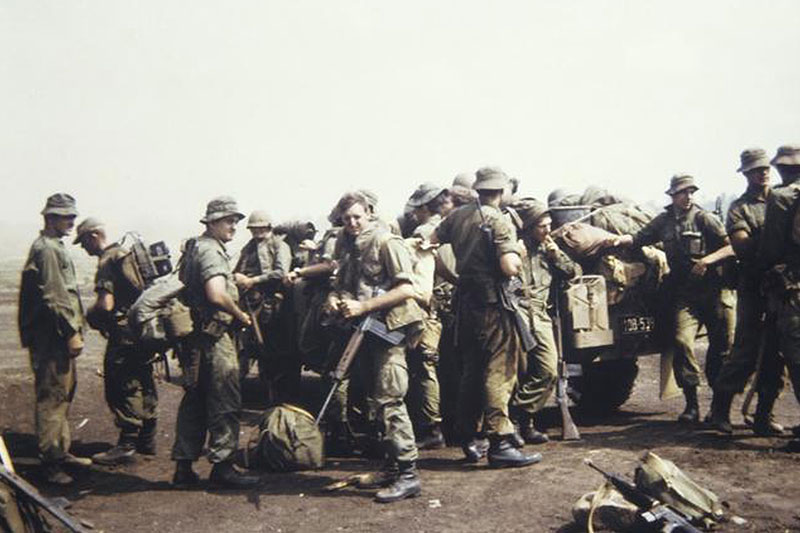
Australian soldiers waiting for helicopter transport to FSB Coral on 12 May 1968 (image credit Australian War Memorial)
Early on 13 May, North Vietnamese ground forces attacked FSB Coral in strength.
Australian artillerymen, mortarmen and machine gunners came under intense fire. Two of their positions were overrun, and one gun was put out of action.
“It was dawn the next morning when the NVA pulled out,” he says.
“We got hit the second night, but everything was ready. It just started and next thing I knew, the sky was full of gunships.”
Centurions to the defence
Army vehicle mechanic Des Kearton was deployed to Vietnam with the 1st Independent Armoured Squadron Workshop, Royal Australian Electrical and Mechanical Engineers.
Just a few months after Des received a head wound on Operation Pinnaroo, his unit was ordered to reinforce FSB Coral.
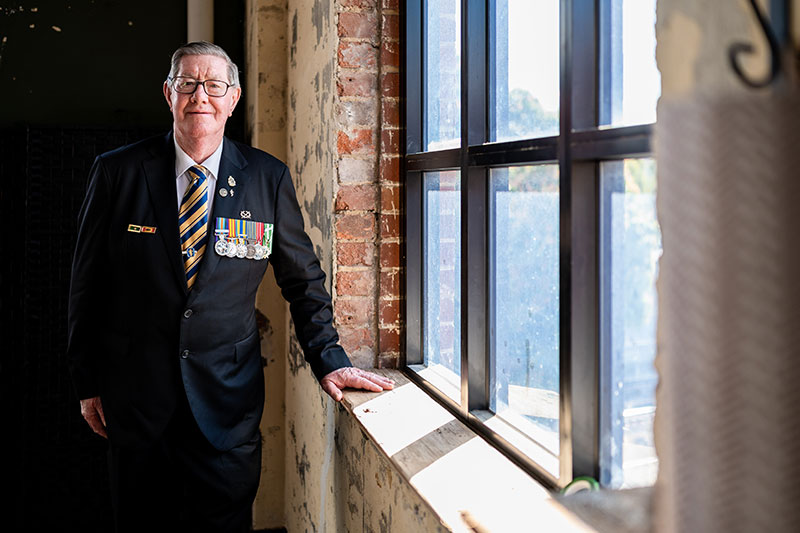
Kedron-Wavell RSL Sub Branch member Des Kearton served with the Royal Australian Electrical and Mechanical Engineers (RAEME) from 1963 to 1984. He became an RSL Queensland Life Member in 2003 and recently received his 30-year membership certificate.
On 26 May, both FSB Coral and newly established FSB Balmoral were bombarded by mortars and RPGs.
At FSB Coral, the tables were turned when Centurion tanks from 1 Troop, C Squadron, along with D Company, 1RAR, attacked the NVA’s hiding spot.
“The enemy were hiding in B-52 bomb craters and bunkers around that area, so that's where we had to get the tanks in to clear them out. Every type of round they had – armoured piercing rounds, machine guns – got used,” Des explains.
“Before ’68, the infantry was just relying on armoured personnel carriers for defence and things like that. But when the Centurion tanks arrived, they saved a heck of a lot of lives.”
The battles around FSBs Coral and Balmoral lasted until 6 June 1968. Twenty-five Australians and at least 300 North Vietnamese lost their lives, and many more were wounded.
After the war
Like many Vietnam veterans, John and Des returned home to face not just the after-effects of the war, but also the anger of anti-war protesters.
“We couldn't wear uniform outside our Army unit area because protesters would attack you,” Des explains.
“It shocked me to see people getting violent over something that was out of our control,” John adds.
“I could understand that nobody wants to see their son go to war and maybe not come back. But I was looking at the South Vietnamese side as well and said, ‘No, we have to be there’. I was glad that I'd been there.”
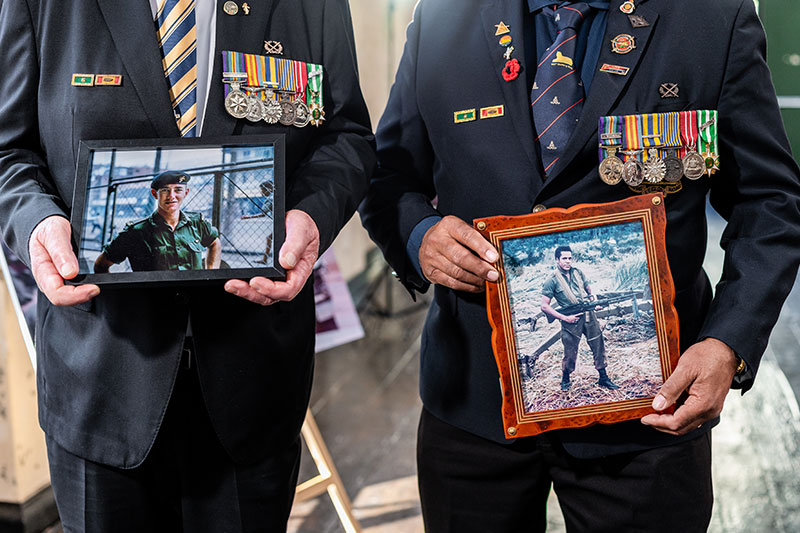
The Battle of Coral-Balmoral was Australia’s most costly and protracted battle of the Vietnam War. In 2018, Australians who fought in the battle were recognised for their actions with the Unit Citation for Gallantry.
Years after the war, John was diagnosed with post-traumatic stress disorder (PTSD).
“I don't think a day goes by that I don't have flashbacks to Coral and Long Tan. But I've learned over the years to live with it.
“I'm happy I can share the stories with my grandkids now, which they think is great.”
Des can closely relate.
“It's taken many years to come back to Earth and be part of the community,” he says. “I hope people don't have the same experience in future.”
Healing through helping
Since leaving the Army, both John and Des have spent decades helping others – John as President of the Disabilities Ten-Pin Bowling Tryers League in Capalaba, and Des as a welfare pension officer, counsellor and (funeral) poppy service conductor for RSL Sub Branches on the Sunshine Coast and in Brisbane.
“I’ve realised that helping other people with their problems is great therapy,” John says. “I’ve got a great deal of pleasure from working with the Tryers League. It’s relieved a lot of the pressure that was built up in me.”
“Helping other Vietnam veterans certainly helped me as well as them,” Des adds. “I've seen these veterans leading organisations and Sub Branches now, so it's worked out very well. I'm very proud of what I've done to help.”
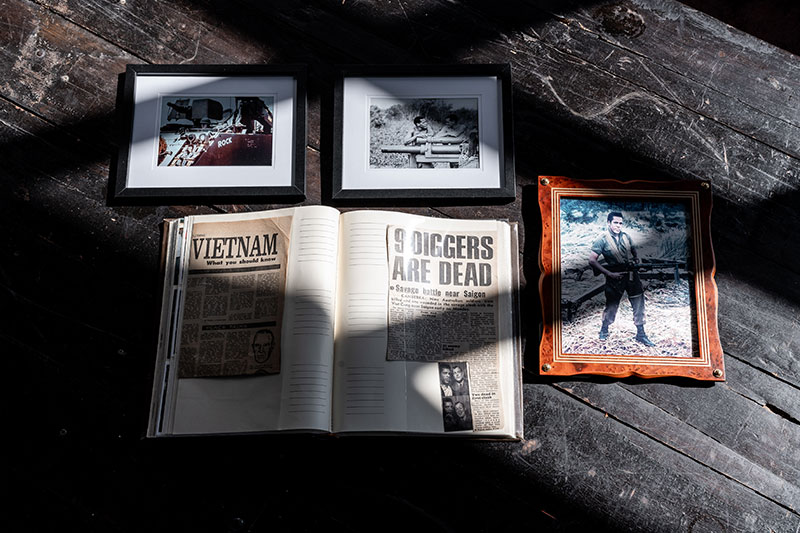
Both John and Des see Vietnam veterans as a positive influence within RSL Sub Branches, with a big role to play in supporting younger veterans.
“It is a very big step to get out of the military. I was lost for a couple of years,” John says.
“I think if we can talk to the younger guys – if they want to listen – and put ’em on tracks, that could help them.
“I’d tell them to just get involved with different things. Don't be afraid to go to reunions and talk about things that have bothered you. The pressure will ease and you'll be more of a human than you would keeping it bottled up.”
“We’re all one”
Vietnam Veterans’ Day means a great deal to John and Des.
“It’s a day that we can all come together and support each other, and remember mates who have died,” Des explains.
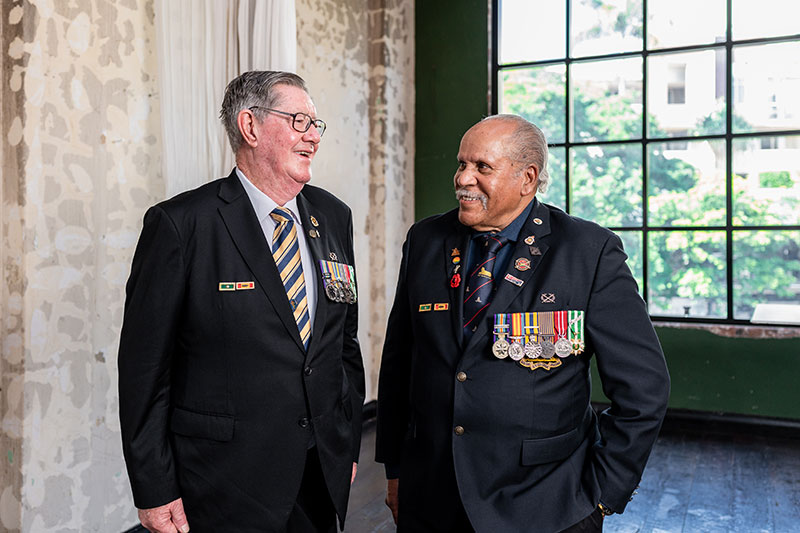
“The ANZAC spirit was really alive in Vietnam, and I was so proud to be part of it,” John reflects.
“As we've learned, we're all one Army and we need each other to survive.
“It's great on Vietnam Veterans’ Day and ANZAC Day to walk into a pub or club and it's full of veterans from all corps, but we're all one, and you've all got your own stories to tell.
“I love it. It's something that really needs to keep on going.”
Vietnam Veterans’ Day | Honour those who served
On Vietnam Veterans’ Day (18 August), join us in honouring all Australians who served and sacrificed in the Vietnam War.
Attend an event at your local RSL Sub Branch or tune into a commemorative service.
Related News
Loading
